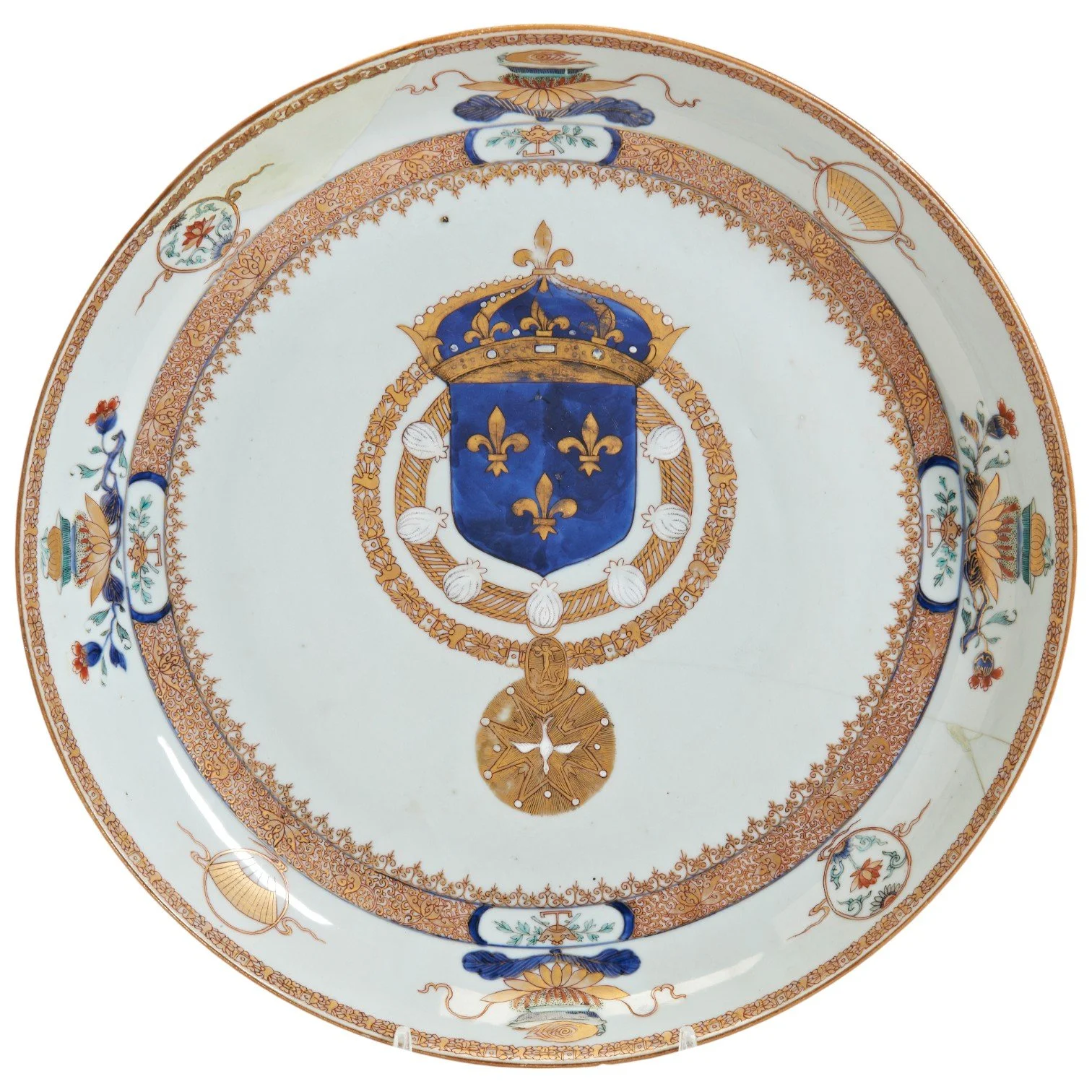
collection of
the second earl of bantry
fine asian art
AUCTION
Monday 11 November 2024
10:30am
VIEWING IN LONDON
Selected highlights
Sunday 3 November 12:00 - 17:00
Monday 4 November 10:00 - 18:00
Tuesday 5 November 10:00 - 14:00
TALK:
KATHARINE BUTLER AND TUO ZHANG
Can AI Understand Art? Recent research using VLMs (Visual language models) on Chinese Porcelain
Monday 4 November
15:00
RSVP: lynn.strover@doreandrees.com
VIEWING IN FROME
Friday 8 November 10:00 - 16:00
Saturday 9 November 10:00 - 16:00
Sunday 10 November 10:00 - 16:00
HIGHLIGHTS FROM THE COLLECTION
bantry house
Bantry House in County Cork, Ireland, has been home to naval hero Richard White who became the first Earl of Bantry, and his family, since 1739.
A prominent local landmark and tourist destination, the house majestically sits overlooking the waters of Bantry Bay. Steeped in local and international history, Bantry House is adorned with treasures from the family’s illustrious past. Since 1946 to the present day, its doors have been open to members of the public, welcoming innumerable visitors from all over the world.
THE EARLS OF BANTRY - A HISTORY
In 1796, a fleet of 43 ships carrying some 16,000 French soldiers, under the command of General Hoche, set sail from Brittany toward Ireland, intent on invasion. Terrible weather encountered on the route resulted in just 16 vessels and around 6,000 men reaching Bere Island in Bantry Bay.
Bantry resident Richard White, reacted with quick instinct and sent ten men aboard a small boat to find out the intentions of these unexpected visitors. White then went on to alert the British Army headquarters in Cork city of the impending invasion, placing Bantry House at the disposal of the military. As a fortunate turn of fate, the French vessels were driven out of the bay by a further storm a few days later.
However, a second arrival of vessels from the disparate armada reached Bantry Bay on New Year’s Eve, resulting in a couple of merchant vessel attacks. A local trader ventured forth to sell the sailors some produce and he informed them of significant military presence on shore and warned that the commander of the Channel Fleet was close by. This was enough to dissuade the weakened fleet from attack and they returned to their home country.
In March 1797, Richard White was raised to the peerage as Baron Bantry in consideration of the zeal and loyalty he displayed. In 1800 he was made a Viscount, and in 1816, Earl of Bantry.
Lord Bantry and his wife, Lady Margaret Hare, daughter of the first Earl of Listowel, had their firstborn, also called Richard, in 1800 and after his father became an Earl, he was known by the courtesy title Viscount Berehaven.
Both Lord Bantry and Lord Berehaven made considerable additions to Bantry House. The first added a two storey, six bay front overlooking Bantry Bay and the second added a fourteen bay addition to the rear in the 1840s.
Viscount Berehaven became the second Earl of Bantry in 1851 upon the death of his father. A lover of travel and exploration, he travelled extensively from as young as 13, recording his travels through sketch and note books. He visited Europe, Euro-Asia and the Baltic both prior to and following his marriage to Lady Mary O’Brien, daughter of the second Marquis of Thomond in 1836. During the course of his explorations, Berehaven made numerous purchases of paintings, artefacts, tapestries and objets d’art which enriched the interiors of Bantry House.
A few further items were added to the house by his younger brother the third Earl, and that of his son the fourth Earl, who died in 1891 - at which time the title became extinct.
The house features in From Rambles In The South Of Ireland During The Year 1838 by English aristocrat and author, Lady Chatterton, who wrote following her visit:
‘The interior of the house is quite a curiosity. The walls, staircase, and bedrooms, are all covered with tapestry – even the ceilings of the staircases and passages. Some of it is very good, especially that in the drawing room, which once adorned the palace of the Tuileries.
The rooms abound with objects of vertù, and the ceilings of some are covered with paintings which formed the plafond of a palace at Venice. Most of the doors are covered with that stamped and gilded leather which was formerly so extensively used to decorate the palaces of Spain. The dining room has a very rich buffet, which reaches nearly to the ceiling. Some of the ornaments are in brass, and belonged to a Spanish convent. They consist of five or six large dishes, with embossed figures very finely executed. A curious old bust of Saint Patrick is in the centre.’
Bantry House remains in the hands of the White family, who are selling the remaining collection of Asian art from the house with Dore & Rees this November.
The sale includes a variety of Asian artworks procured by the family, from a rare Chinese export French armorial bowl, and Kangxi famille verte dish, to monumental 19th century famille rose vases and Indian Gokak carved fruit.
Request auction estimate
We offer free auction estimates by email or by appointment. We will review your items and provide you with an indication of the guide value at which Dore & Rees believe the item would be offered for sale.
Please send us an email with good quality photographs, dimensions, history, provenance and known background. Alternatively, do give us a call to discuss your item.
















